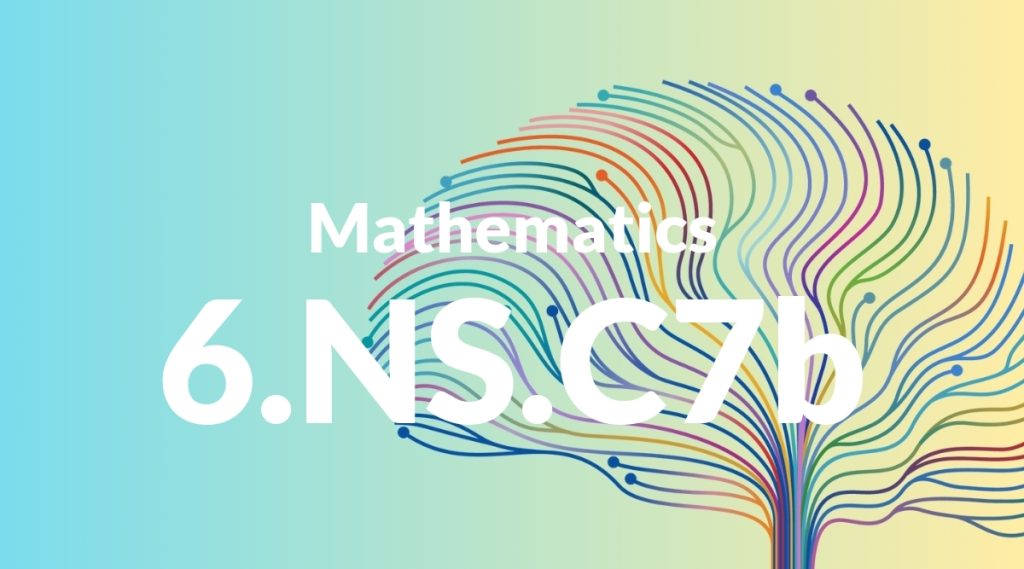Standard: 6.NS.C7b – Write, interpret, and explain statements of order for rational numbers in real-world contexts. For example, write -3 °C > -7 °C to express the fact that -3 °C is warmer than -7 °C.
Grade level: Grade 6
Subject: Mathematics
Domain: The Number System
Teacher Overview
This standard focuses on helping students understand how to write, interpret, and explain the order of rational numbers in real-world contexts. It is crucial because it builds a foundation for algebraic thinking and real-life problem-solving skills. Students need to have a solid grasp of basic arithmetic with integers and rational numbers, including the concept of positive and negative values.
After mastering this standard, students will be able to tackle more complex operations with rational numbers and apply these skills to solve real-world problems involving ratios, proportions, and algebraic expressions.
Common Misconception 1
Some students might think that a larger absolute value means a larger number, regardless of its sign. This misconception arises because they may not fully understand the role of negative signs in determining the value of numbers.
Intervention 1
Use number lines and visual aids to show the relative positions of numbers. Engage students in activities where they place numbers on a number line to see how negative and positive values compare.
Common Misconception 2
Another common misconception is that negative numbers are always less than zero and cannot be compared to positive numbers. This misunderstanding can cause confusion in real-world contexts where negative values are common.
Intervention 2
Provide examples from everyday life, such as comparing temperatures or financial statements, to demonstrate how negative numbers can be compared and ordered.
Prerequisite Knowledge
Students should understand basic arithmetic operations with integers and rational numbers, and be familiar with the concepts of positive and negative numbers.
Subsequent Knowledge
Students will develop skills in more complex operations with rational numbers and apply these skills to solve real-world problems involving ratios, proportions, and algebraic expressions.
Instructional Activities
- Using number lines to compare and order rational numbers
- Real-world problem-solving scenarios involving temperature changes
- Interactive games that involve ranking debts and credits
- Group activities where students create and interpret financial statements




